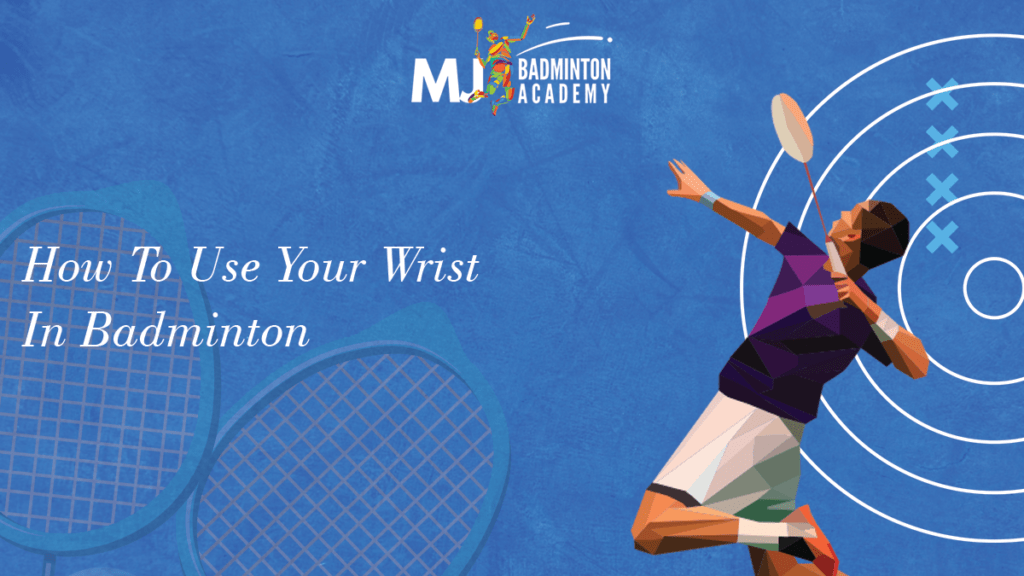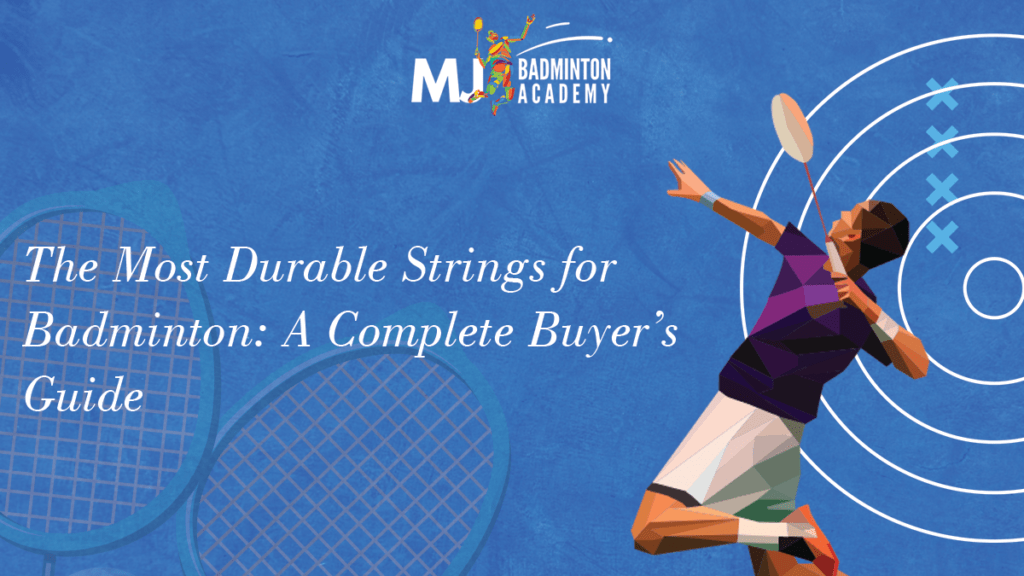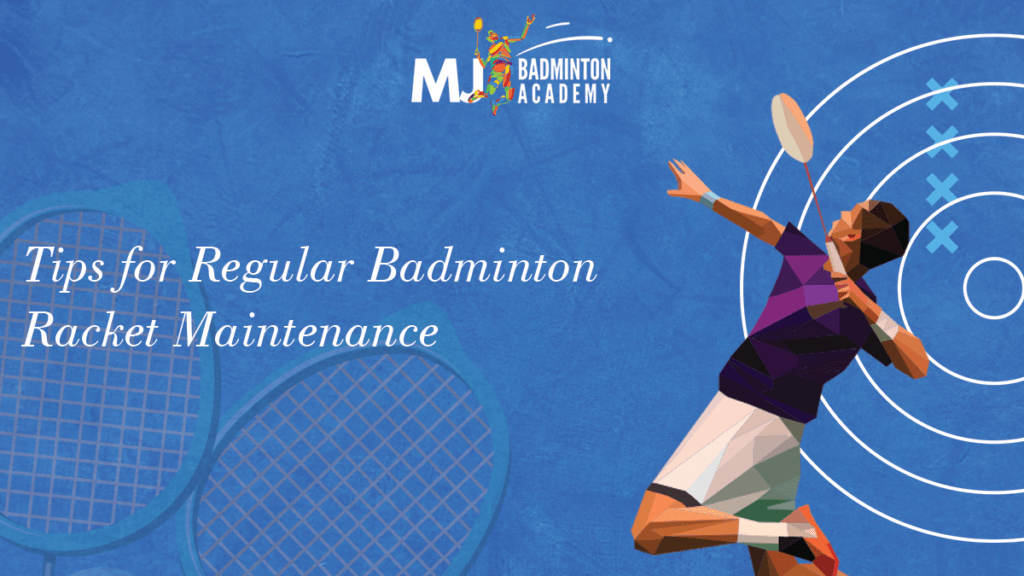6 Common Net Mistakes In Badminton Doubles (+ How To Fix Them)
6 Common Net Mistakes In Badminton Doubles: We have coached badminton players at a variety of levels, whether that’s beginners, intermediate or advanced. We have also analysed many hours of our YouTube subscribers playing badminton. Throughout all of this, we kept seeing the same common mistakes that players were making at the net in doubles. With some simple changes, these mistakes can be fixed and your game can be taken to a new level! 6 Common Net Mistakes In Badminton Doubles 6 common mistakes badminton player’s make at the net in doubles are: We’ll now go through each of these 6 mistakes in more detail, and more importantly, what you should do instead! Mistake #1 – Only Hitting Straight Shots Only hitting straight shots is mainly a mistake when you’re striking the shuttle at the top of the net height or lower. There are 2 main reasons why only hitting straight shots from this position is a mistake: This doesn’t mean you should start playing everything cross-court though, as this is not effective too! Instead, we recommend you use an under-rated and under-used shot – a ‘half turn’ to the middle. This is what the better players do so well to make it really difficult for their opponents. You can use the half turn to make your opponents slightly change direction when they might be anticipating a straight shot. It might not be a winning shot but it will certainly make it harder for them and often means they can’t put you under as much pressure! Mistake #2 – Standing Too Close To The Net There are 4 reasons why you need to avoid standing too close to the net: 1) If your opponents hit it hard, it’s much more difficult to react. This means you’re more likely to mistime the shuttle and make a mistake, or just miss it completely. 2) It’s harder to see what’s happening. If you bring your face very close to the screen you’re reading this on, it’s much harder to see! This is a similar concept to on-court where if you are too close to the net, then it’s much harder to see what’s happening. 3) Being too close means you can only cover the soft shots in front of the service line, and your partner then has to cover everything else on the court. Even if you think your partner is a lot better than you, it’s still not the right thing to do. 4) It shows a lot of space on the court to your opponents and can make the game feel really easy for them. So what should you do instead? Firstly, standing a little further back will make it much easier to react and see what’s happening on the court. You’ll also be able to cover more shots too, creating less space for your opponents to hit into. An added benefit is that it’s much harder for your opponent’s to make you twist and turn when you’re further back as you’re now moving forwards INTO the shot, rather than sidewards when you’re standing too close. But exactly how far back you should be depends on a few things: If you want to learn more about how (and when) to intercept shots at the net, check out this article here. Mistake #3 – Trying To Play A Winning Shot Too Early We’ve all had those times where our opponent has hit a bad defensive block, and you picture yourself hitting an amazing net kill winner… But the reality is you don’t always get there early enough to play that winning shot. Because you think you’re going to get there early enough for the kill, you take a big swing, but by the time you’ve done this you’re actually not taking the shuttle where you thought you would. Instead you end up hitting the shuttle into the net or out the back of the court! There will also be times where you fully commit to a winning shot like a net kill, hit it over and in BUT it goes straight to your opponents racket. Going for this winner too early allows your opponent to hit the shot back into what is now a huge space on your side of the court. So, how can you get better at recognising when the opportunity is there to go for the winning shot? And when it’s not? The key is that you don’t always have to fully commit to a big winner. Instead, you can play a shot that applies pressure but still enables you to stay on balance. And when you’re on balance, you can place this shot well, setting either you or your partner up to win the rally on the next shot! Sometimes a shot with a bit less power or a little bit of a shorter swing can be more effective as it prevents the risk of making a mistake and can put you in a better position for the next shot. Mistake #4 – Waiting With Your Racket Down Waiting with your racket down by your ankles is a huge mistake! This is because: Instead, we would recommend that as soon as you see your opponent is about to hit their shot, start getting your elbow up so you’re roughly in this position: However, you don’t want to have your racket up too high. This is bad for a couple of reasons: The only times where you CAN get away with having your racket low is if you have lightening fast reactions along with great racket speed and the ability to read the game REALLY well – like Kevin Sanjaya Sukamuljo or Hendra Setiawan. But unfortunately, most of us haven’t been blessed with those skills and also haven’t put in the thousands of hours the pros have! Therefore, we’d recommend having a racket position similar to the photo above. Mistake #5 – Not Changing Between Grips Quickly Enough This skill can be the difference between you taking the shot early and timing it well, or completely mistiming it! The main mistake we see people make is not switching to a backhand grip when they need to. To improve this skill of changing between grips quickly: It’s much easier to turn the racket
6 Common Net Mistakes In Badminton Doubles (+ How To Fix Them) Read More »










